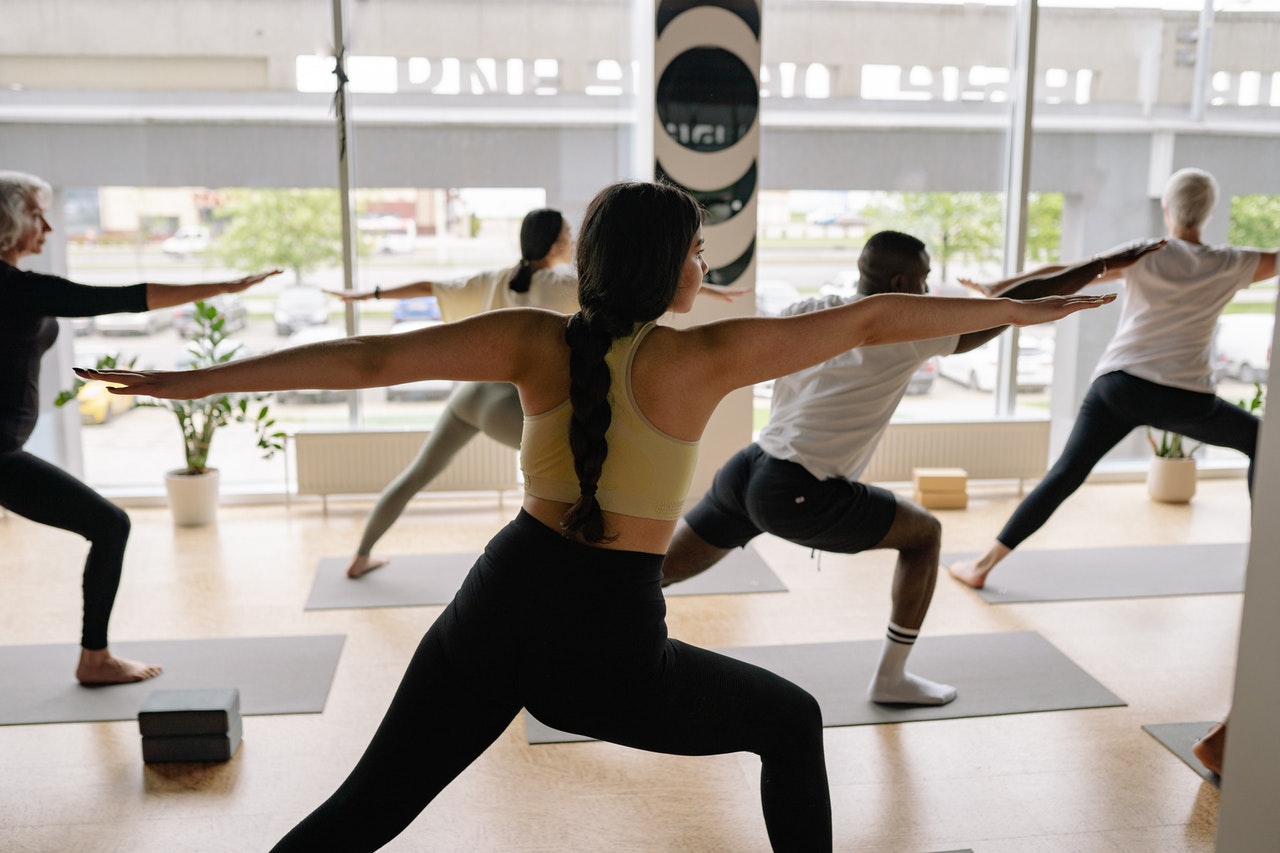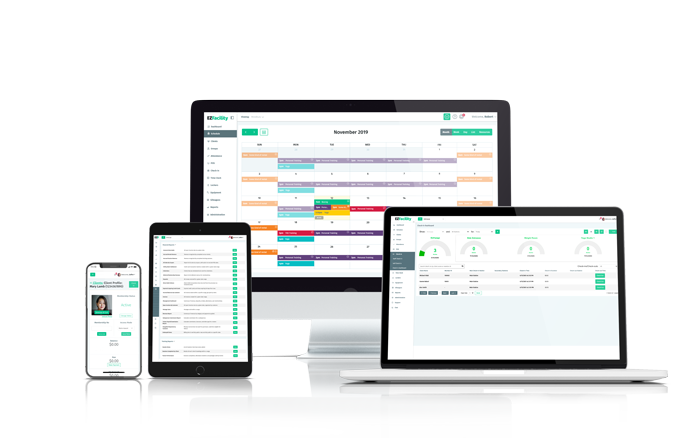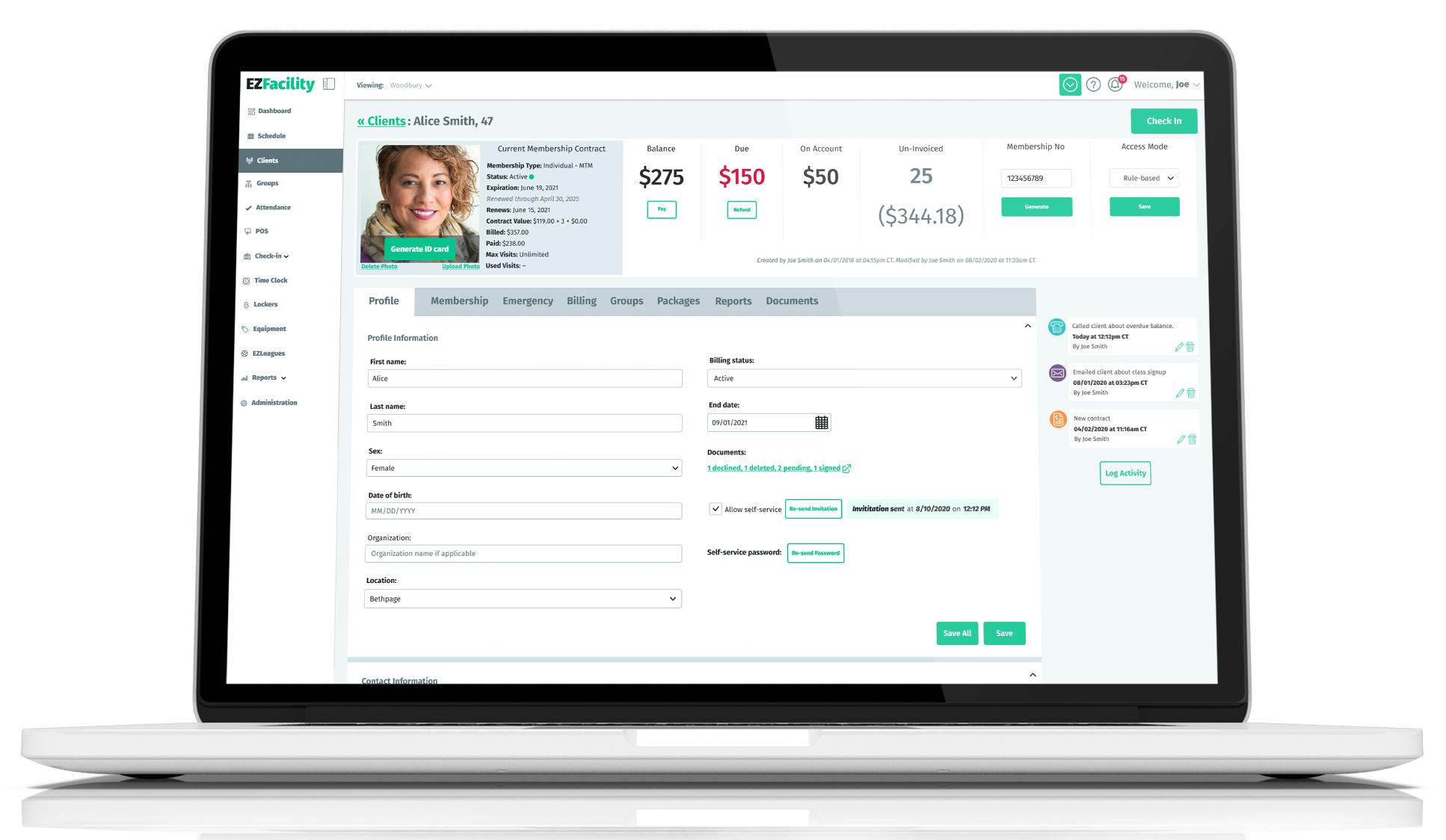In order for your members to reach their fitness goals, consistency is key. And to stay consistent, some people need a bit of extra motivation, encouragement and accountability. Fitness and workout challenges are a great way to help keep your members on track by offering an incentive—and a little friendly competition.
Workout challenges can also help generate new leads, increase referrals, and assist in building long term relationships with clients. They help your members set challenging yet attainable goals within a time specified timeframe—and when participants start to see the physical results, they’ll also start to associate your gym with success and be more motivated to keep coming back.
5 Tips to Consider When Developing Your Fitness Challenge
If you’re trying to decide what types of challenges to host, the first thing you’ll want to do is determine the end-goal and what you hope to achieve from a business standpoint. From there, here are five key things to keep in mind when developing a fitness challenge:
- Once you set your duration for each challenge, be sure it’s communicated clearly to participants so they know what to expect.
- Results can be tracked using a mobile app, a fitness tracker, or your staff can create a leaderboard and manually enter results.
- An individual challenge has members working toward a set goal, such as running 100 within a certain time frame. Rewards are typically smaller with individual challenges since every participant could be a winner.
- A competitive challenge has members compete against each other. Since awards are usually tiered and given in the order in which participants finish, rewards are usually larger.
- Once you determine how many people will be rewarded for participating in your workout challenges, you must decide what the rewards will be. Popular rewards include free branded swag, a free personal training session, a discount on membership, or other items that can assist members on their fitness journey—for example, a fitness tracker or other wearables.
So, which fitness challenge is the best fit for your gym? Below, we’ve outlined some popular workout challenges for you to consider.
6 Fitness Challenge Ideas
When it comes to fitness and workout challenges, the opportunities are limitless. You can choose to structure them any way you’d like, and it’s a great way to keep your online and offline customers engaged. Feel free to create your own, or pull inspiration from the six popular fitness challenges outlined below:
- Cycling Challenges
Cycling challenges work especially well for members who may not be able to run. The challenge can be based on distance traveled, the speed at which it was traveled, or the duration. - Running Challenges
Running challenges are one of the most common types of workout challenges because members can go at their own pace. The fitness challenge can be based on total distance, or the speed at which a certain distance is run. - Rowing Challenges
Rowing is a popular workout because of its aerobic intensity and full-body training, so consider adding a rowing challenge to your repertoire. You can use the machine’s digital dashboard to set time, distance and speed challenges. - Calories Burned
The Calories Burned challenge makes the goal an end-result, so it gives your members a little more freedom to choose the exercises they’re most comfortable with. Participants can choose to run, spin, swim, walk, or do any other type of physical activity. And, fortunately, there are a ton of apps that can calculate the total calories burned for specific exercises and the time spent doing them. - Most Club Visits
Most Club Visits is one of the easiest gym challenges to set up and run, and there’s no better way to incentivize your members to come in as much as possible than with a total check-ins challenge. - Improve Your Personal Best by 10%
Most people prefer certain activities and exercises, and this fitness challenge encourages members to reach their goals by improving upon their favorite workouts—whether that’s rowing, running, walking, or any type of lift. To successfully run this challenge, ask participants to come in on a particular day to record their best number to-date and document it.
Conclusion
Fitness challenges are a fun way to boost member engagement and retention, and they also help your customers reach their fitness goals by creating a sense of community and rewarding members for participation. After all, who doesn’t love to win prizes?
Have you held any workout challenges recently? If so, we’d love to hear from you in the comments.
























